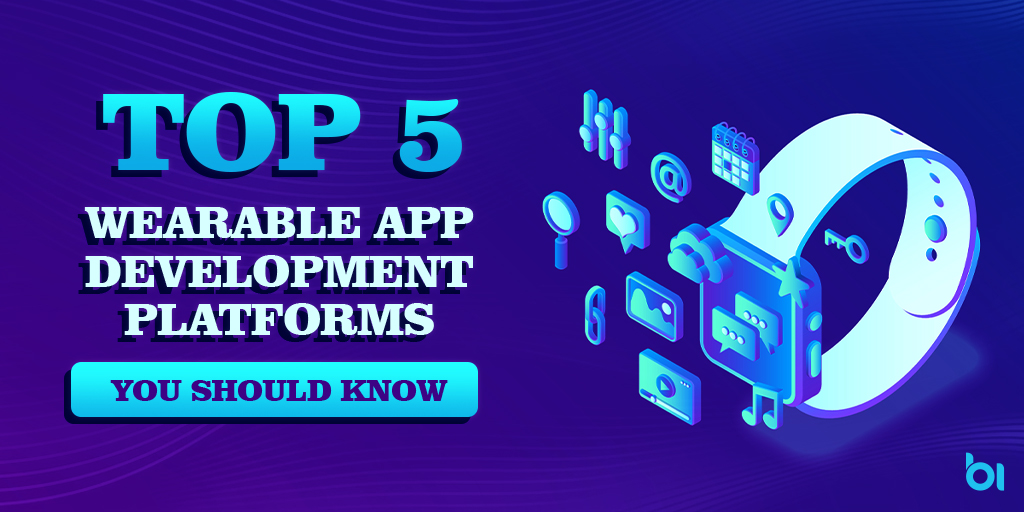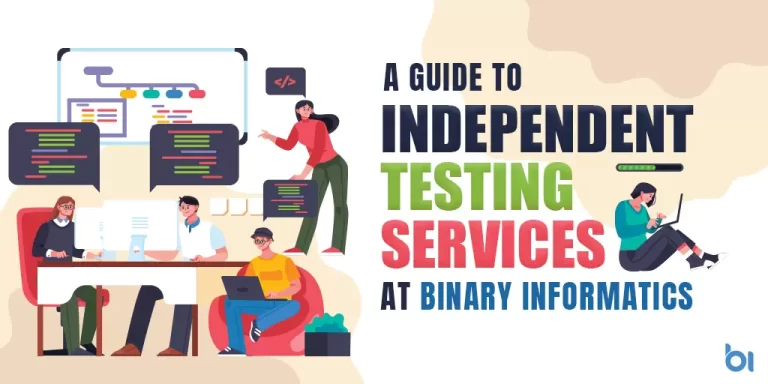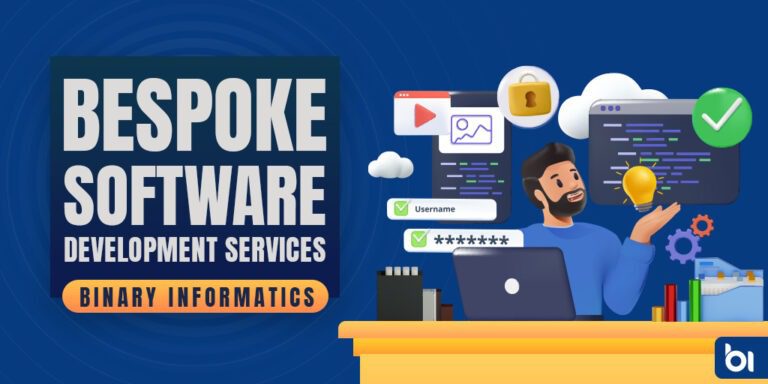If you are looking to get started with the development of a smartwatch or a wearable app. This article would help you with the process of picking a wearable app development platform.
The app development platform needs to support your specific requirement as well. Let’s take a look at some of the best wearable app development platforms available in the market today and why one should select them.
Table of Contents
ToggleHere are some wearable app development platforms that are emerging:
1. Android Wear
Android Wear is the Google Android development platform for wearables. It is a fully open platform that allows you to run Android apps on a wearable device.
Android Wear makes it easy to develop apps for smartwatches, such as the Moto 360. It is a very high-performance platform and includes many libraries that make it easy to work with sensors and GPS.
You can also create an ‘activity’ on the watch to start a service. This enables you to display a widget on the watch and also use the smartphone as a remote control.
The good thing about Android Wear is that it is an open platform. You can create apps for any device that supports the Android ecosystem.
So, you could create apps for the Apple Watch, and it would run on a Google-powered watch. Android Wear is one of the easiest platforms that you can use to develop wearables.
Android Wear includes all the APIs that are used by wearable apps, including GPS, motion sensors, and more. The platform is built on the Android open-source development framework and it is completely open-source.
Android Wear apps are written in Java and are the same as any Android app. The framework includes APIs that are very similar to the standard Android APIs, so it is easy to transition your app to Android Wear.
This is a new platform, but it is quite promising. It was released in April 2015 and so it is still in its development stages. But the team has already achieved some major milestones.
They have built the SDK, APIs, and tools that developers will need to create apps. They are also working on adding Bluetooth and Wi-Fi APIs to enable easy app connections.
2. Ionic Framework
Like Ionic, you can use Ionic as a framework for developing mobile, web, and wearables. Ionic allows developers to build apps using Javascript for mobile and the web and it supports CSS and HTML for the web.
Ionic is a mobile platform for developing hybrid apps. It is a combination of HTML5, CSS, and Javascript.
There is also a set of reusable UI widgets. If you are building a wearable app, then Ionic is a great option for building it. They are very responsive and their team is working hard to keep up with the growth of wearables.
If you want to develop apps for iOS, Android, and wearables, Ionic is a great framework for you. They provide APIs for iOS, Android, and devices. They also provide rich UI components that you can use in your app.
The framework is open-source and they are working to open source it in the future. They have a great support community as well. You can get a good idea of the technology and how it works by visiting the Ionic Framework page.
3. Bootsnalk
Bootsnalk is the best and most affordable wearable app development platform with some really powerful features. This system can be used for both iOS and Android. And it’s available for Windows, Mac, and Linux too.
Bootsnalk was developed by VisualFox and based on jQuery, so it is an easy-to-use platform for HTML and JavaScript. You just need to download the appropriate plugin and start developing your app. And if you need to run in Windows, Mac, or Linux, you don’t have to bother too much about it.
4. MFIwear
The MFIwear (MFIware is the developer of the software tool used to create wearables) platform is designed for those who love to live with smart gadgets and wear them in their daily lives.
MFIwear is a wearables app development platform that supports multiple wearable app development kits and provides several wearable apps for you to choose from.
The MFIwear platform offers a variety of choices for developers who are looking to create wearable apps. You can choose from the basic kit to the advanced kits.
Also, you can choose from the SDK and app templates to customize your project.
This platform makes it easy for you to develop different wearable apps such as fitness trackers, sports watches, and fitness bands.
The SDK provides you with easy and standard integration and the built-in tools make your wearable app development easy and hassle-free.
The best thing about this platform is that it supports multiple wearable app development kits. The MFIwear platform also offers SDK tools to give your wearable apps a high-quality finish.
The easy and efficient integration with other platforms and tools makes it easy for you to start your project on time and within budget.
5. Adobe XD
Adobe XD is a user interface prototyping and wearables app development platform designed by Adobe. This platform is perfect for those looking to develop apps for smartwatches, fitness trackers, and wearable devices.
The platform comes with all the tools that you need to help you get your wearable app developed. Also, this platform supports a variety of wearable app development kits and offers different types of wearable apps.
Adobe XD offers a complete suite of tools and capabilities for prototyping and prototyping a user interface. With the XD With cloud service, you can create your wearable app prototype and share it with your team.
The XD Wearables editor, a kit for prototyping wearable apps, allows you to create apps for smartwatches, fitness trackers, and smart glasses and also supports both Android and iOS. This wearable app development platform makes it easy for you to prototype and develop your wearable apps.
The XD Wearables editor lets you build a prototype app in seconds, allowing you to explore the possibilities and make the most of the user interface of your wearable apps.
Conclusion
By reading this blog, you now know that there are 5 wearable app development platforms that you should check out. Each of these platforms boasts features and capabilities that make them an ideal choice for app development.
Whether you’re looking for a lightweight, easy-to-use platform that can be used for day-to-day tasks, or a powerful toolkit with robust features that will allow you to build state-of-the-art apps, our team of experts can help you find the right platform for your needs.
So, what are you waiting for?




